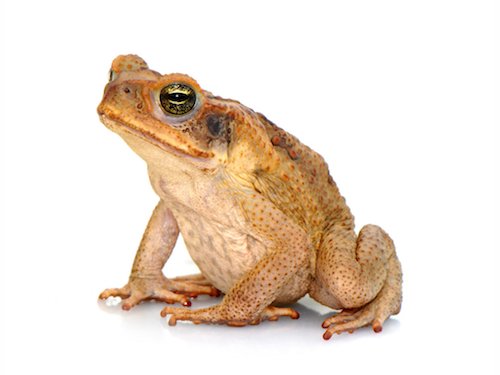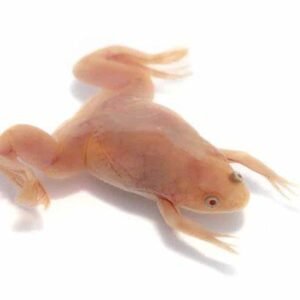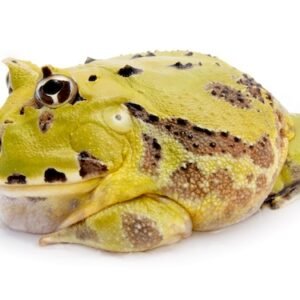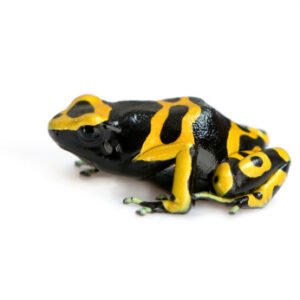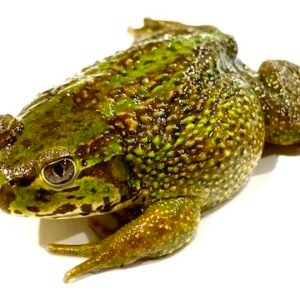Understanding the South American Giant Marine Toad
The South American Giant Marine Toad, scientifically known as Rhinella marina, stands out among amphibians for its remarkable size and unique characteristics. These toads can reach lengths of up to 9 inches (23 centimeters) and weigh as much as 4.4 pounds (2 kilograms), making them one of the largest toad species globally. They possess a stout body covered with granular, warty skin that varies in color, typically exhibiting shades of brown, gray, and green with dark spots. This coloration provides effective camouflage in their natural habitat, which consists of tropical and subtropical regions across Central and South America.
In their wild environment, South American Giant Marine Toads primarily inhabit freshwater and brackish ecosystems, often found near ponds, streams, and marshes. These toads have adapted remarkably well to various ecological niches, thriving in both urban areas and natural settings. Their diet is predominantly carnivorous, consisting of insects, small mammals, and other invertebrates, which they hunt utilizing their excellent sense of smell and rapid tongue movement. This dietary adaptability plays a crucial role in their survival, especially as they compete for resources with other species.
Behaviorally, these toads are typically more active during the night, exhibiting nocturnal habits to avoid the heat of the day and predators. Their breeding season commences during the rainy season, during which males can be heard calling to attract females. Understanding these behaviors and their natural habitat is essential for anyone considering keeping the South American Giant Marine Toad as a pet. Knowledge about their needs can lead to a healthier living environment and a more fulfilling experience for both the toad and its owner.
Creating the Ideal Environment for Your Marine Toad
Creating a comfortable and healthy habitat for a South American Giant Marine Toad requires careful consideration of several key factors. To start, the tank size should be at least 40 gallons, as these toads can grow significantly and need adequate space to thrive. A larger aquarium not only offers room for movement but also helps maintain stable water quality, which is crucial for the toad’s health.
For the substrate, it is essential to choose fine sand or smooth gravel to mimic the toad’s natural environment while providing a comfortable surface for their skin. Marine toads require a temperature range of 75-80°F (24-27°C), and a reliable heater should be installed to ensure consistency. Lighting is also an important factor; a combination of UVB and incandescent lights will help replicate natural conditions, promoting the toad’s well-being. Additionally, providing a hiding place using rocks, plants, or driftwood is vital for reducing stress.
Water quality should not be overlooked. It is advisable to use a high-quality filtration system to keep the water clean and to perform regular water changes, approximately 25% every two weeks. Testing the water regularly for pH levels (between 6.5 and 7.5) and ammonia, nitrites, and nitrates will help avoid toxic build-ups that can harm your toad.
Dietary needs include a varied diet of high-quality pellets, live insects, and occasional fruits or vegetables, tailored to the age and health of the toad. Feeding schedules should be consistent, typically once per day for adult toads and more frequently for younger ones. Maintaining cleanliness within the tank is essential, as toads can be susceptible to health risks and common diseases, such as skin infections or parasites. Regular check-ups with a veterinarian experienced in amphibians will contribute to your pet’s long-term health.

